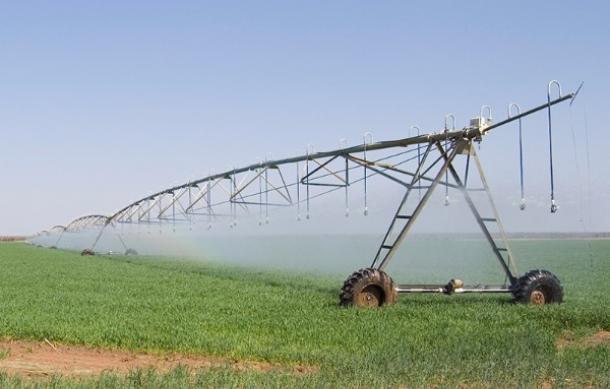
The Etunda Irrigation Project in the Omusati Region has 180 hectares of maize under irrigation, and its acting farm manager, Sackey Shilyomunhu, says if all goes according to plan, they should have a bumper harvest.
Shilyomunhu says their intention was to plant 420 hectares of maize this year, but this could not be achieved due to the late acquisition of agricultural inputs.
The maize under irrigation currently will be harvested in July.
The farm plans to plant another 240 hectares of maize in August.
The main crop at the project's commercial site is maize, which is planted twice a year. Next year, the project will rotate maize with wheat and other winter crops on the same field.
"When you plant maize, you use inorganic fertilizer, and this is an imported product; it comes from South Africa. You know, during festive seasons, everyone shuts down their businesses and goes home, so they started delivering, and it's a bit late to plant because winter will come and then it will be dangerous to maize, so it's quite enough to plant the 180."
Shilyomunhu says the problem of armyworms that attack crops, especially maize, is still a problem, but they have found ways of dealing with the pest.
He says after harvest, their maize will be milled at the project and sold locally, going as far as Nkurenkuru and Outjo.
The cost of agricultural inputs, among other things, remains a challenge that eats into the projects' income, but Etunda, as one of the largest green schemes, is committed to food production with assistance from the Ministry of Agriculture.
"We are not in control of electricity and water, which are the major utilities that we use to produce maize, and the water we use comes from Calueque, so when those pumps die, it will affect us heavily, as you can see some of the plants are wilting. We had a breakdown of electricity, and some of our infrastructure was affected, I am not sure if it was weather or rain, but it is under control, and my team is with it."
Currently, the project has two hectares of sweet potatoes planted.





